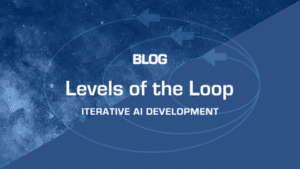In Large Language Models (LLMs) like ChatGPT, “context history” refers to the information that the model retains from the current conversation or interaction, which it uses to inform and shape its responses. This context history is essential for maintaining coherence and relevance in a conversation. Here are key aspects of context history in LLMs:
-
- Conversation Memory: LLMs remember the flow of conversation from the beginning to the current point. This memory includes the
 user’s queries, the model’s responses, and any other interaction that has occurred.
user’s queries, the model’s responses, and any other interaction that has occurred.
- Length Limit: The context history has a length limit, which means the model can only remember a certain number of tokens (words and pieces of words). In ChatGPT, this limit is typically in the range of a few thousand tokens.
- Conversation Memory: LLMs remember the flow of conversation from the beginning to the current point. This memory includes the
-
- Influence on Responses: The model uses context history to understand the conversation’s topic, any specific details mentioned (like names, dates, or events), and the tone or style of the conversation. This helps in generating responses that are contextually appropriate and coherent with previous exchanges.
-
- Dynamic Update: As the conversation progresses, the context history is continuously updated. New inputs and responses are added, while older parts of the conversation may be truncated or forgotten when the limit of context history is reached.
-
- Impact on Understanding and Continuity: A well-maintained context history allows the LLM to follow the thread of a conversation, refer back to previous points, and maintain continuity over a series of interactions.
-
- No Long-term Memory: Unlike human memory, LLMs like ChatGPT don’t have a long-term memory. They don’t remember past interactions between sessions. Each new session starts with a blank context history.
-
- Privacy and Security: Since LLMs don’t retain information after the session ends, this aspect is beneficial for user privacy and data security.
Understanding context history is crucial for effectively interacting with LLMs, as it shapes how the model interprets and responds to queries within a conversation. Jaxon maintains context history inside a dedicated project folder, across a series of notebooks and vector databases.
Want to learn more? Contact us!


